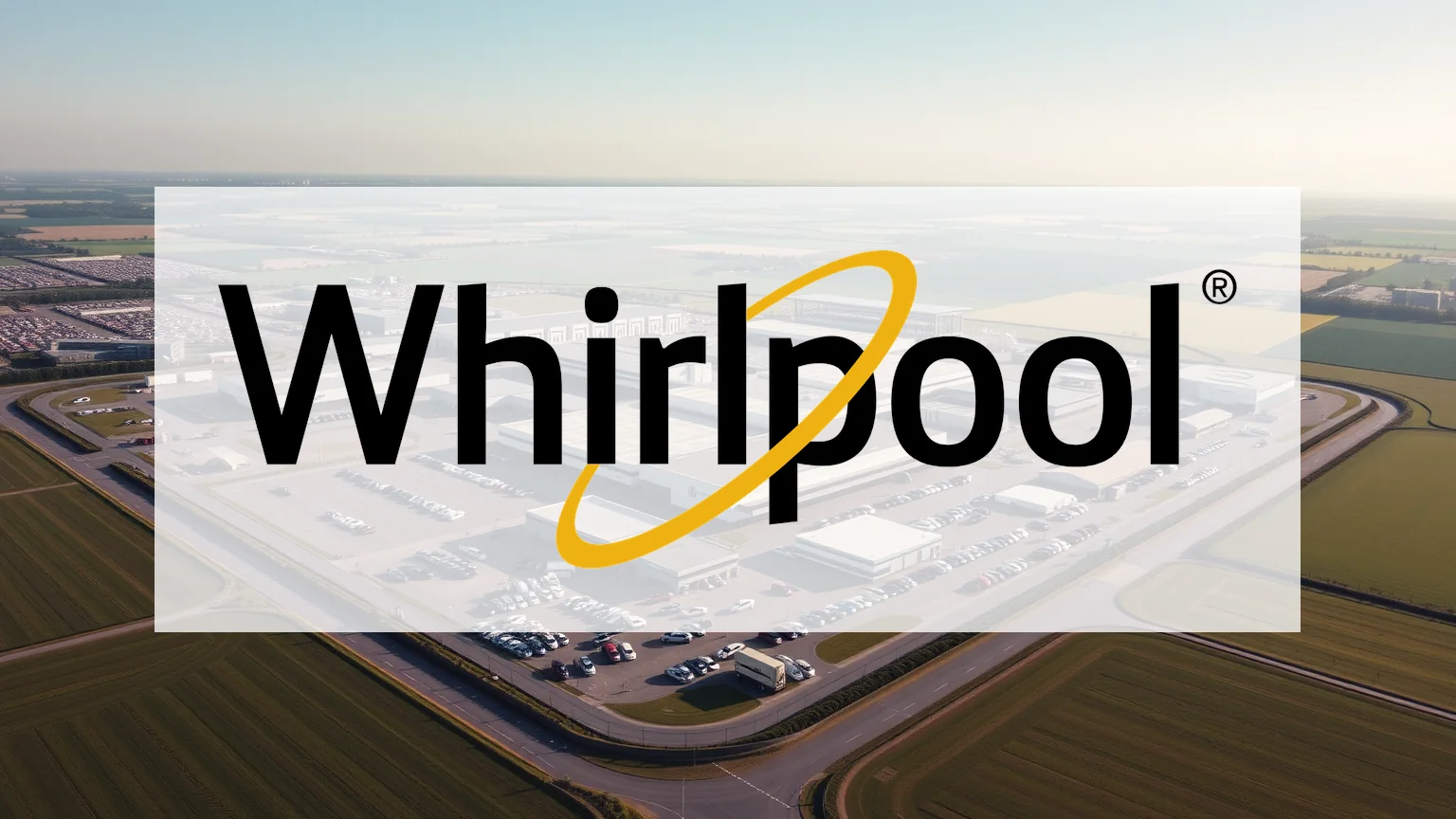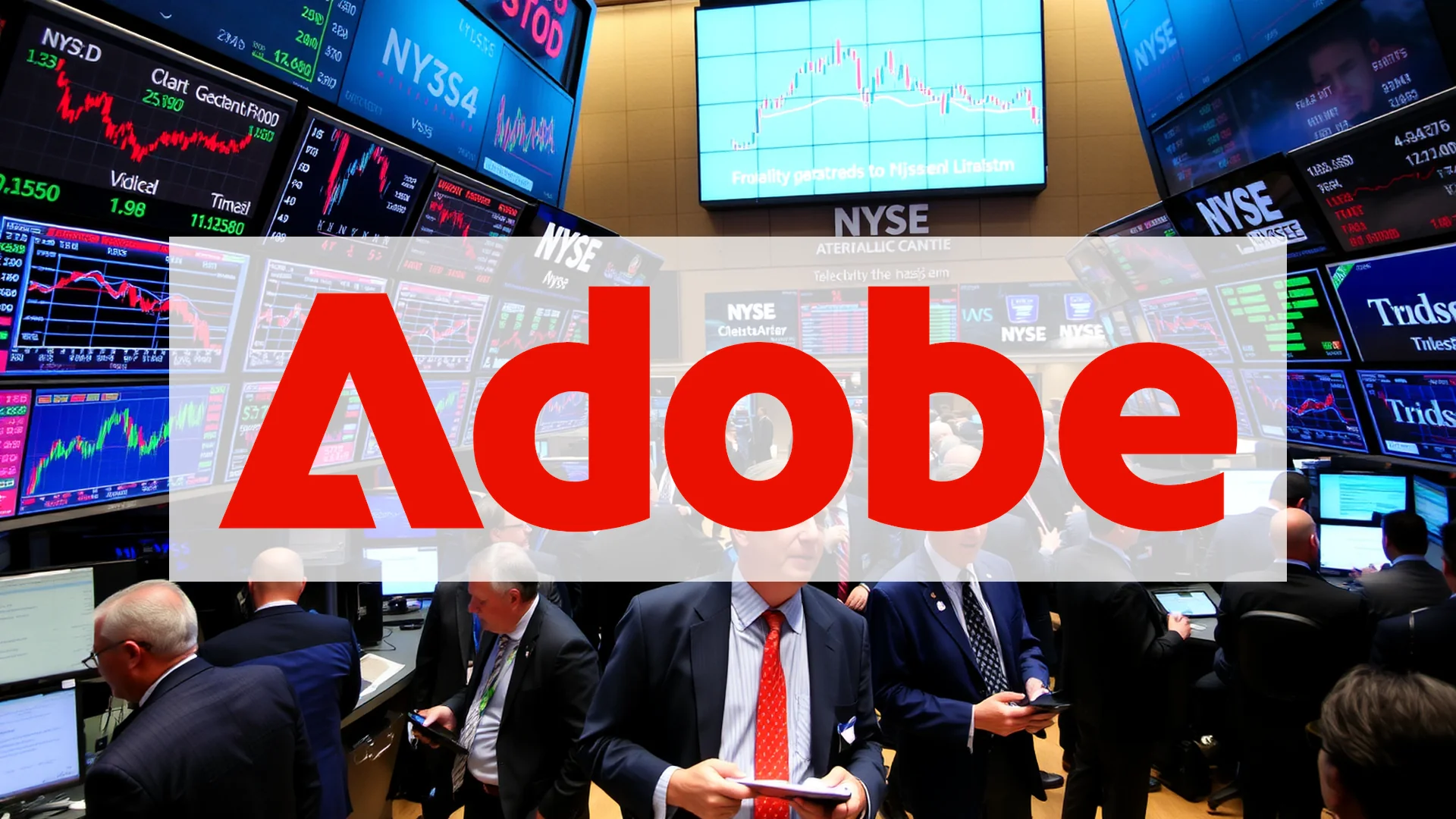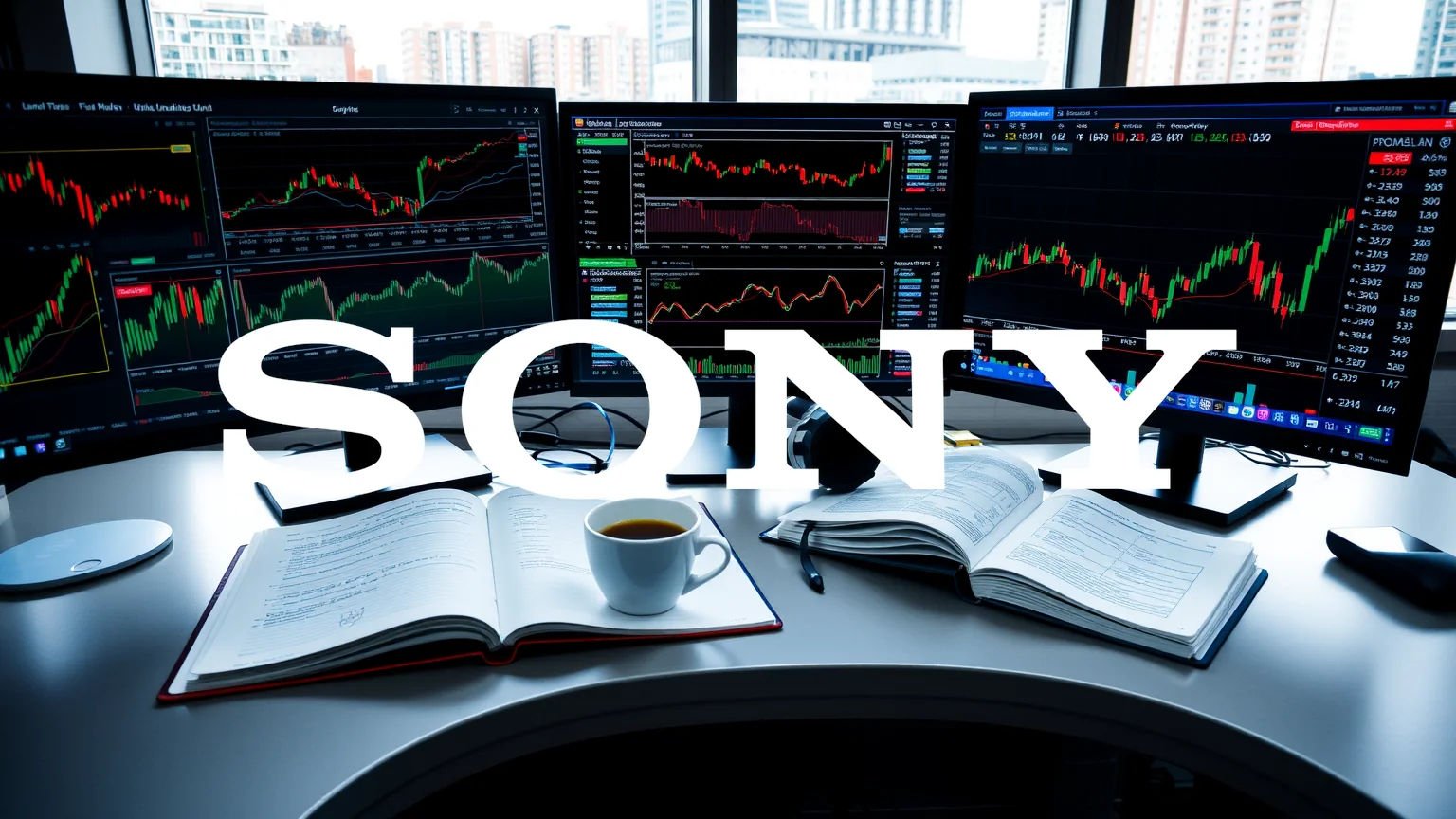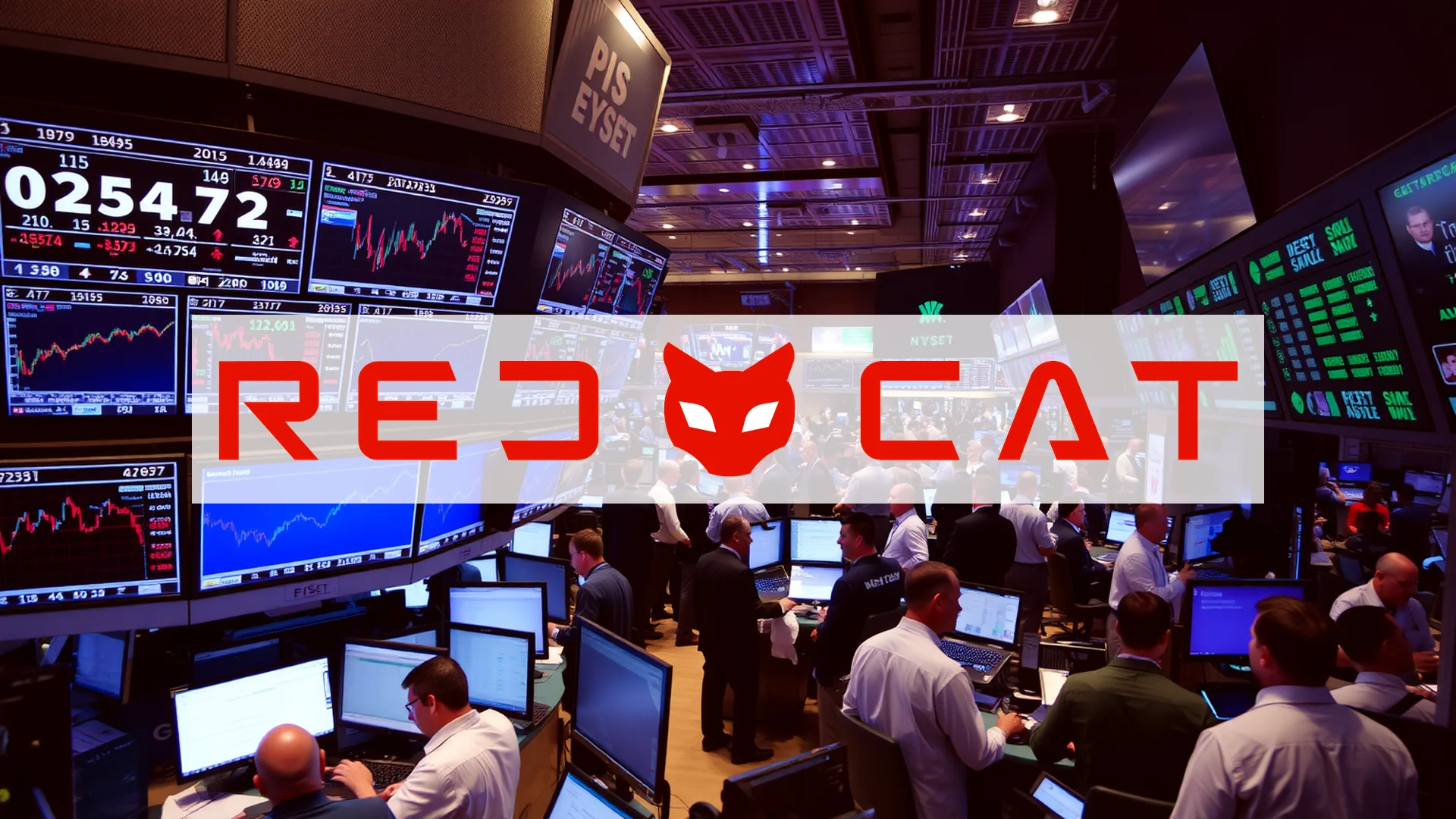Whirlpool has taken decisive action to address a significant financial imbalance, implementing a nearly 50% reduction in its shareholder dividend. This move highlights a core issue the appliance manufacturer has faced: for an extended period, its dividend distributions have substantially surpassed its actual earnings. This radical financial correction raises a critical question for investors: is this a necessary and overdue step toward stability, or does it signal the onset of a prolonged period of weakness?
A Precarious Financial Position
The company’s financial health came into sharp focus with its Q2 2025 results. Whirlpool reported a 5.4% decline in net sales, while its GAAP earnings collapsed by a dramatic 70.1%. The underlying issue, however, is even more concerning. The payout ratio had soared to an unsustainable 235.8%, indicating the company was paying out more than double its actual profit to shareholders.
Compounding this problem is a critical cash flow situation. Throughout the first half of 2025, Whirlpool’s operations consumed $856 million in cash. With a debt-to-equity ratio standing at 5.50, the company’s financial flexibility is severely constrained. In this context, the decision to slash the dividend appears not merely as a strategic choice but as an essential measure for survival.
Strategic Shift Amid Market Uncertainties
Slashing its quarterly dividend from $1.75 to $0.90 per share represents a fundamental shift in corporate strategy. Management frames this difficult decision as a realignment, intending to base future payouts on the reality of operational earnings. The new target is a more manageable payout ratio of approximately 80%.
Should investors sell immediately? Or is it worth buying Whirlpool?
A potential bright spot exists within ongoing trade disputes. With more than 80% of its production located within the United States, Whirlpool is positioned to potentially benefit from new tariffs that would make foreign competitors’ products more expensive. While this possibility informs the company’s strategic outlook, its actual market impact remains uncertain.
Investor Sentiment and Market Performance
The market’s reaction has been tepid. Despite some brief rallies, the technical chart analysis reveals a persistent downward trend. The stock continues to trade near its lowest levels, having shed over 18% of its value since July. An RSI reading of 18 confirms the stock is in extremely oversold territory, though it is unclear whether this indicates an imminent turnaround or merely a pause before further decline.
In a move to bolster operational expertise, Whirlpool has appointed Mary Ellen Adcock to its board of directors, strengthening its marketing and sales leadership. This suggests a comprehensive approach to the crisis that extends beyond mere financial restructuring.
The central dilemma for investors remains unresolved: are Whirlpool’s challenges a temporary disruption or evidence of deep-seated structural issues? The coming quarterly earnings reports will be crucial in determining whether this painful financial reset will yield positive results or if further difficult adjustments lie ahead.
Ad
Whirlpool Stock: Buy or Sell?! New Whirlpool Analysis from November 19 delivers the answer:
The latest Whirlpool figures speak for themselves: Urgent action needed for Whirlpool investors. Is it worth buying or should you sell? Find out what to do now in the current free analysis from November 19.
Whirlpool: Buy or sell? Read more here...













